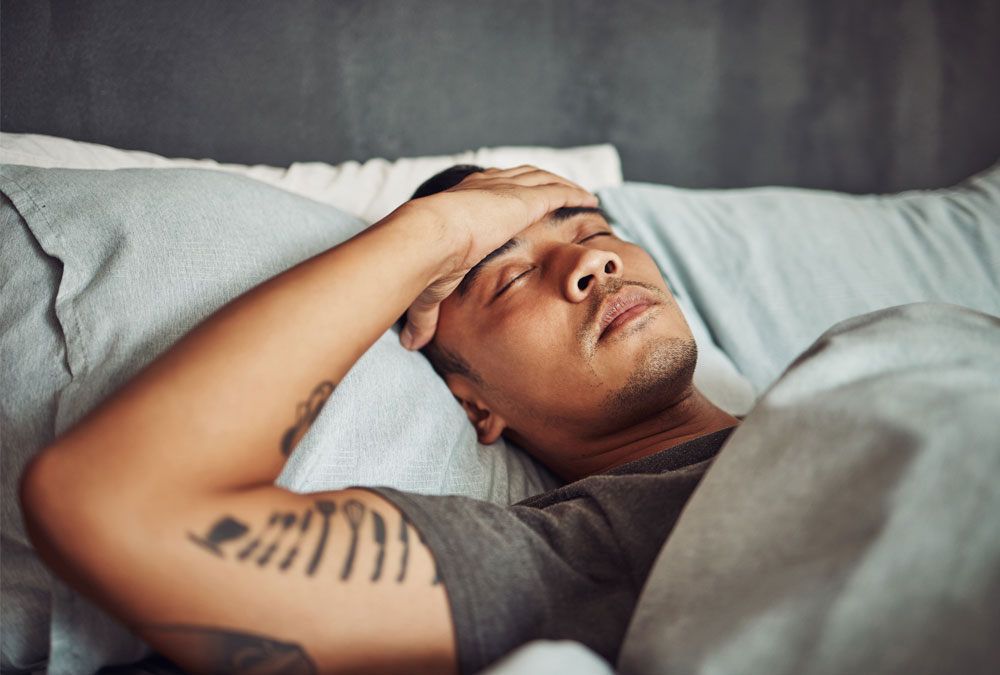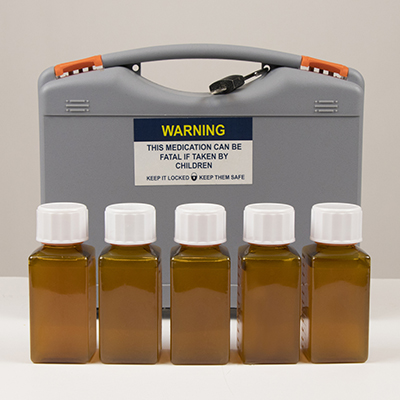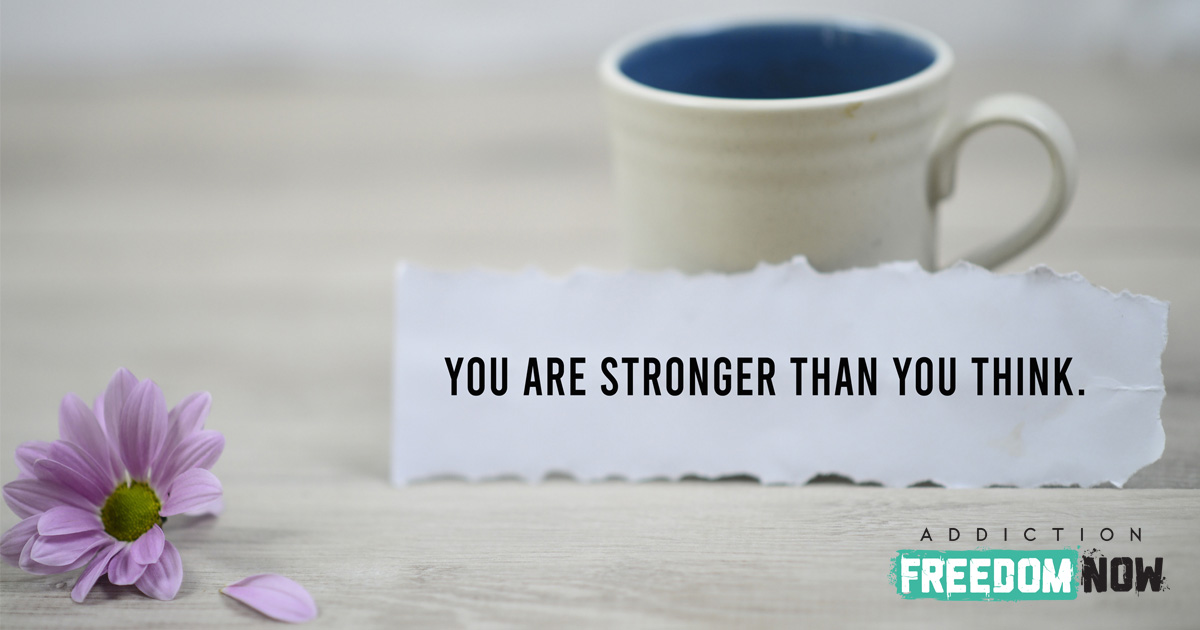Chronic pain and opioid addiction have a correlation but does that point to a causality? Chronic pain is defined as pain that lasts for at least three to six months and can interfere with a person’s regular activities, such as going to work or taking care of children. Chronic pain affects nearly one-third of the population, according to a 2012 study. As a result, it’s crucial to understand what treatment methods are effective since this condition affects such a significant portion of the population.
Opioid medications can be effective in treating chronic pain. Unfortunately, while they are effective pain medications, they are also extremely addictive—anyone who takes opioids is at risk of developing a substance use disorder (SUD) known as opioid use disorder (OUD). There are numerous factors that can determine if you’re vulnerable to OUD, including genetics, your personal history, and how long you take opioids.
What Has Contributed to the Opioid Epidemic in Arizona?
With the ongoing opioid crisis in Arizona, it’s crucial that we understand how opioids work and what we can do to prevent opioid misuse. SUDs, including OUD, occur when a prescription medication or street drug that was once an effective medication or had pleasurable effects becomes a substance you cannot live without. OUD is complex, and while opioids can effectively treat chronic pain, they are also incredibly addictive and more powerful than ever. Coupled with the rise in opioid prescription rates in the 1990s, the influx of stronger opioids was a prescription for a crisis.
What Are Opioids?

Opioids are compounds that are similarly structured to opium, a substance found in the opium poppy. Opioid medications interact with the body’s opioid receptors to have a variety of effects, including pain relief, euphoria, and more. Prescription opioids like morphine, oxycodone, and more can help reduce chronic pain or pain received from other treatments such as surgery. While effective, these pose a severe risk.
When taken, opioid medications travel through the bloodstream and bind with the opioid receptors in the brain. The cells release chemical signals that reduce your perception of pain and boost your feelings of pleasure. However, the very mechanism that makes opioids so effective is also why opioids can be so dangerous. With a low dose of opioid medications for a limited time, patients can address pain. However, higher doses can slow or even stop breathing and the heart rate, leading to death.
How Does Opioid Addiction Occur?
When an individual is suffering from debilitating pain, opioid medications can be effective at first. When used as a short-term solution, opioids are quite effective in mitigating pain. When used long-term or daily, however, tolerance can develop. This occurs when the brain becomes accustomed to operating in the presence of the substance and needs more and more to continue to function normally. Many people find they eventually need much more than their original dose to relieve pain. People who develop OUD are no longer able to function normally without regular opioid consumption.
Opioid medications are costly, and once people have developed a tolerance and require more than their original dose, they may begin to rely on cheaper, more powerful street versions of prescription opioids like heroin or illegal fentanyl to relieve pain. Some people begin to rely on the euphoria caused by opioid medications and may switch to the aforementioned street drugs to achieve the same pleasant feelings. Ceasing opioid use can cause severe withdrawals, beginning a vicious cycle that often leads to relapse.
How Do You Know If You Have OUD?
Chronic pain and opioid addiction are frequently paired. However, OUD can happen quickly, and many people don’t recognize that they or someone they know is dealing with OUD until it has taken root.
OUD can lead to several different symptoms, including:
- Taking opioids as a preventative measure
- Mood swings
- A consistent need for more opioids than prescribed
- Taking, borrowing, or even stealing more medication than initially prescribed
- Lack of decision-making skills
- Continued use despite declining health or negative consequences

Can I Develop SUD From Opioids?
Every patient prescribed opioid medication is unique, and there is no one way to develop SUD from any substance. However, the nature of opioids makes them extremely addictive, especially if taken in increasing doses over a prolonged period. While you are not guaranteed to develop OUD if you are prescribed opioid medication, it is a significant risk. Researchers have determined that there are certain factors that may play into how likely you are to develop any SUD.
These factors can be genetic or psychological, and all have the potential to play a role in SUD and how quickly it can occur.
The following factors should be considered before prescribing or taking opioids:
- History of criminal activity
- Personal and familial history of substance use disorder
- Regular or heavy tobacco use
- Mental health concerns like depression and anxiety
- Problems with work or unemployment
- An environment, whether social or family-oriented, that encourages substance use
How To Prevent Opioid Use Disorder
It is possible to take opioids safely to reduce chronic pain, but the risk increases with lengthy use and the risk factors listed above. Fortunately, there are mitigation strategies available to reduce the risk of OUD.
Take Your Medications Exactly as Prescribed
Whether you’re managing acute pain or chronic, debilitating pain, take pain relievers like opioids exactly as prescribed. Your doctor should focus on treating your pain and mitigating your risk of OUD by prescribing the lowest dose needed for the shortest time needed. Taking more than needed at a time or continuing opioid use after you no longer need it to manage your pain can lead to OUD.
Look for an Alternate Treatment
In certain cases where chronic pain lasts more than a few months, opioids become an even riskier option due to their potential for dependency. If you or your doctor don’t want to take the risk, other treatment options are available. Prescription and over-the-counter forms of ibuprofen, acetaminophen, and steroids do not harbor the addiction potential of opioids, and many people choose to try them first.
Store Your Opioids Properly

Even if you’re taking your opioids correctly, it’s important to keep your family and friends to be safe as well. Keep your opioid medications out of reach and in a secure place. Do not share them with anyone, as these were prescribed for you and you only. A small dose can be fatal to a child or teenager, and access to opioids can cause serious issues should someone steal the medications for their own use.
Talk to Your Doctor
If you ever have a question or concern about your treatment plan for chronic pain, talk to your doctor immediately. Your doctor should be very clear with their instructions, especially those regarding prescription medications, and it’s important to be on the same page throughout the treatment process. If you notice unwanted side effects, feel you are beginning to rely on your medication to live a normal life, or have any concerns about your medication use, contact your doctor as soon as possible. Your doctor can help you find an alternative, reduce your use, and avoid OUD.
What to Do If You Misuse Opioids
If you or a loved one has developed OUD from misusing opioid medications, it’s important to be prepared and stay safe. Here’s what you need to know.
Know What to Do in an Emergency Situation
It’s incredibly important you know what to do if someone you love is experiencing an opioid overdose.
Here are the steps to follow should someone overdose from opioid medications:
- Call 911 immediately.
- Administer naloxone, if available.
- Try to keep the person awake and breathing.
- Lay the person on their side to avoid choking.
- Stay with the person until help arrives.
Ask Your Doctor About Naloxone
If you or a loved one are struggling with OUD, ask your doctor about naloxone. According to the CDC, naloxone can reverse the effects of an overdose by blocking opioid receptors and preventing the body’s response to opioids. Also known by the prescription name Narcan, naloxone can be injected or sprayed into the nose. Naloxone is available in all 50 states, including here in Arizona.
Reach Out for Help
This is the most crucial step to take, but it’s also the most difficult by far. Many people with OUD are afraid of family members and friends judging them for their substance use disorder. Others are hesitant to seek help for fear of experiencing withdrawals or the return of their pain. We know how challenging it can be to ask for help, but once you do, you’ll have taken the first step on the path toward recovery.
If your loved one is battling a substance use disorder, listen to their concerns. They should feel safe seeking help, and you don’t want to be dismissive or inattentive. By being supportive, you’re helping reduce the stigma attached to substance use disorder. You might not know how to respond right away, so just encourage them to treat their SUD, contact their doctor, or reach out to a treatment center.
Chronic Pain and Opioid Addiction FAQ
Opioid use disorder is a complex condition, but we’re here to help you understand why it happens and what you can do about it. Here are a few frequent questions regarding opioid use for pain.
Why Are Opioids Prescribed for Chronic Pain?

Opioids are effective at treating pain, including chronic pain and the pain resulting from surgery. They work by interacting with opioid receptors to dampen pain perception. Unfortunately, it is extremely easy to become reliant on opioids to address pain. Doctors who prescribe opioids for chronic pain relief must know the risks, especially as they pertain to each unique patient.
How Can Chronic Pain be Treated without Medication?
If you don’t wish to take opioids or other pain relievers to address pain, consider these options:
- Surgery – This will allow doctors to correct abnormalities in your body that are causing your pain.
- Acupuncture – This process involves thin needles being inserted into various parts of your body to interrupt pain signals.
- Nerve Blocks – Local anesthetics are injected to short-circuit the pain. This method is used primarily for people with nerve pain or muscle spasms.
- Physical Therapy – A physical therapist can create an exercise program that boosts your ability to function, which can decrease your pain. This may include the addition of whirlpools or ultrasounds for pain treatment.
What Are Some Common Opioid Medications?
Long ago, people used secretions from the opium poppy seed pod to provide pain relief. Today, physicians frequently prescribe opioids to treat chronic pain. These medications are structurally like natural opiates and interact with opioid receptors to treat pain in the same way.
Medications include:
- Morphine
- Hydrocodone
- Oxycodone
- Codeine
- Oxymorphone
- Fentanyl
- And more
The Connection Between Chronic Pain and Opioid Addiction
Opioids are effective at treating pain, but with pain relief come significant risks. If you or a loved one develops SUD from opioids, we can help. We know how damaging OUD can be, both for the person struggling with opioid use and their loved ones. There is no permanent cure for this disorder, but there are many strategies and treatment options available to help you seek lasting remission. Treatment can help you or your loved one can walk the path toward recovery.
Taking the first step to receiving help can be daunting. However, there are plenty of treatment centers and caring providers that can provide help without judgment. Once you make the decision to seek addiction treatment, contact us and we can get you in touch with a professional who will help place you in the right treatment center.




